Get Support
+91 9123517774
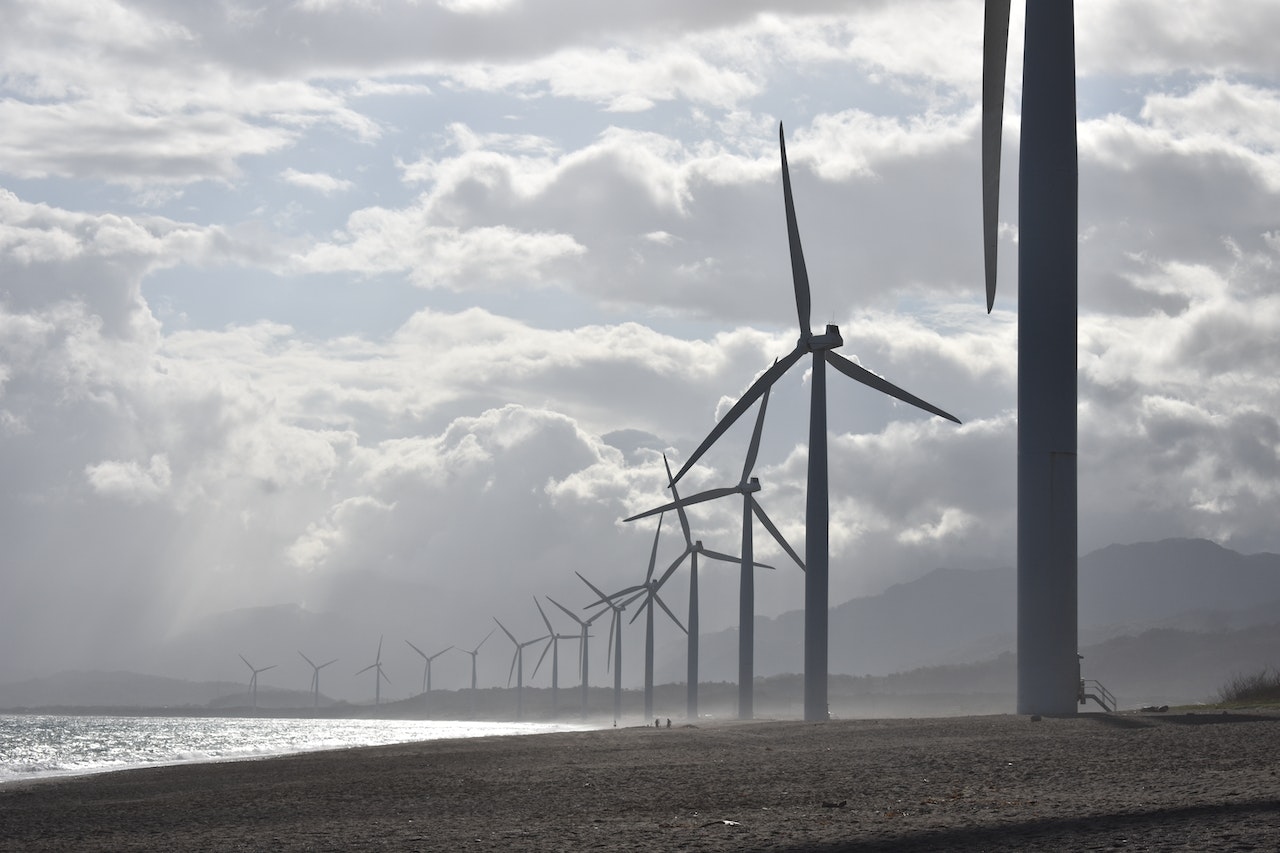
Energy and Utilities
Globally, the energy and utilities industry includes electric generation, transmission, distribution, and retailing; natural gas transmission, distribution, and retailing; and water service provision. Power suppliers seek efficiency in order to meet environmental regulations and increase productivity and profits. Natural gas is a nonrenewable energy source that burns cleanly, lowering CO2 emissions. It also helps to power the grid and serves as a reliable energy source. Renewable energy resources, such as wind and solar, are increasingly being used as energy sources due to their low operating costs and ability to meet environmental regulations.
On the contrary, the renewable energy industry has advantages. Renewable energy generators are simple to turn on and off, making them dependable for power supply when required. Even when the sun is not shining or the wind is not blowing, grid operators can draw on energy reserves, as in the case of hydroelectric and natural gas energy sources. Despite the fact that environmental regulations are driving power suppliers to seek out new energy sources, the underlying factor in their business is efficiency. In natural gas and coalfired power plants, this efficiency is critical.When it comes to efficiency, power providers should strive to increase cost savings and pass these savings on to their customers in the form of lower rates.
Furthermore, efficient processes and products can reduce CO2 emissions. For example, lowering fuel consumption helps power plants comply with environmental regulations. The energy and utilities industry is also facing a number of challenges, including new and more stringent directives, nuclear vulnerability in a few countries, and questions about the best routes for control networks to coordinate regular and inexhaustible supplies. To thrive in such circumstances, organizations must re-evaluate and, in most cases, change their action plans. To sustain the industry, they should look to implement and invest in fruitful methodologies for utility change, as well as use information analytic.
What are the Major Sectors in the Energy and Utilities Industry?
Transmission and Distribution (Electric or Multi):
This segment includes companies involved in the generation, transmission, and utilization of electric power. Electric plants use heavy steam, flowing water, or some other natural force to turn the blades of a turbine, which is connected to an electric generator. Coal accounts for slightly less than half of a country's electrical energy. The majority of the remainder is generated by a combination of natural gas, nuclear energy, and hydroelectric generators. Renewable energy sources, such as geothermal, wind, and solar energy, are rapidly expanding but account for only a small portion of total generation.
Generation (Electric):
This segment includes the majority of the power generated at all control stations linked to the national transmission network. However, power can also be generated in smaller-scale control stations that are linked to the provincial dispersion systems. The number and type of energy stations assembled are determined by each individual organization based on market indicators and government policy on issues such as the environment. There are numerous organizations in this age division, ranging from large multinationals to small, family-owned businesses with a single site. The two major sub-sections are large-scale central nuclear and fossil energy providers and renewable energy providers (growth).
Customer/ Retail:
This approach to segmentation identifies customers who have the greatest motivation and capacity to act and then provides them with the appropriate triggers to do so. This meets a variety of needs. For example, retail service providers in both regulated and unregulated markets sell electricity, water, and gas directly to commercial, industrial, and residential customers. In competitive markets, retailers compete for customers who can switch retail providers.
Water Distribution:
The global water utilities industry includes foundations primarily concerned with water treatment, distribution, and sewage expulsion, which includes waste collection, treatment, and disposal via sewer frameworks and sewage treatment facilities. The market is extremely fragmented, with only a few major players. The company is very focused because it must meet stringent cleanliness standards and there is no item differentiation.
Natural gas transmission and distribution:
This segment owns and operates natural gas pipelines and natural gas distribution networks
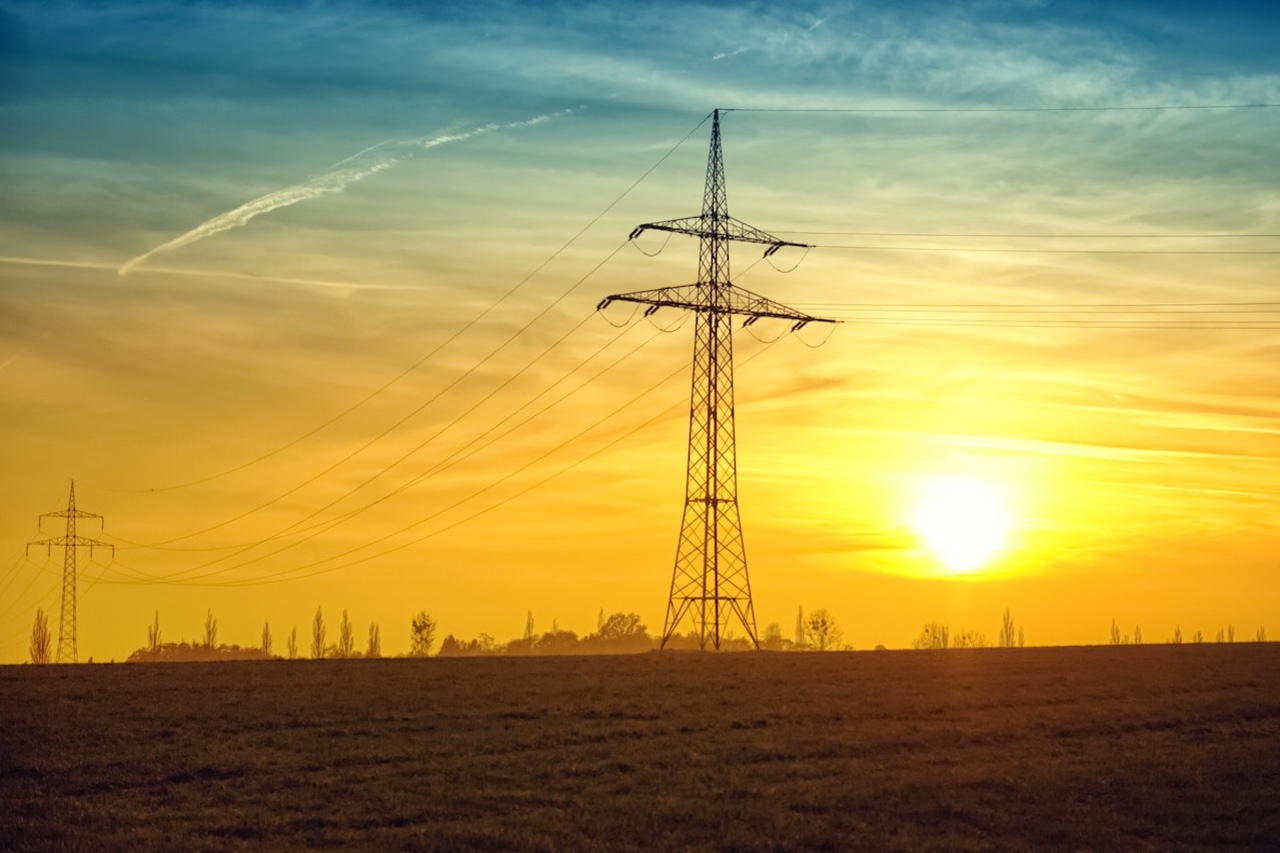
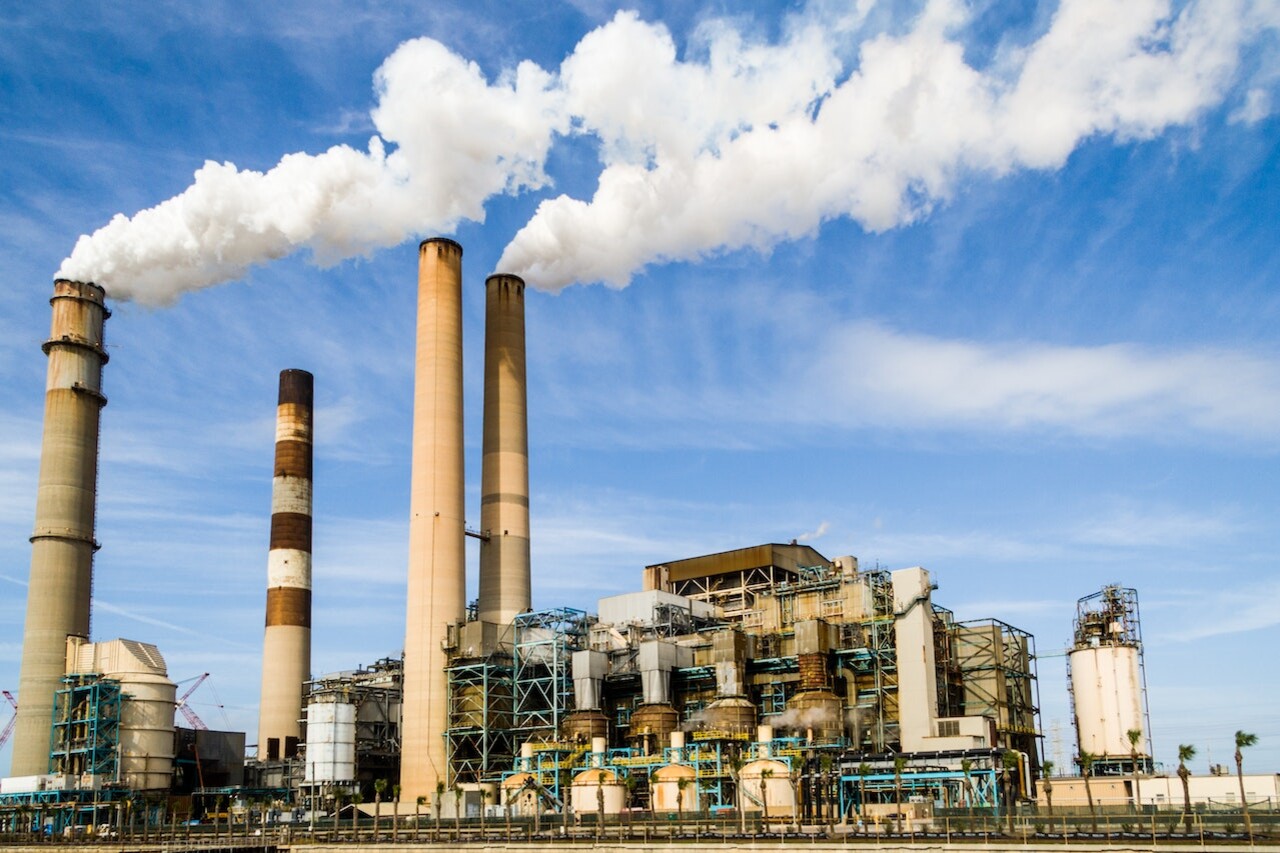
What is the value chain of the energy and utilities industry?
Energy and utility organizations are in charge of the generation, transmission, and distribution of power, natural gas, and water in a safe, secure, reliable, moderate, and sustainable manner. These organizations may be owned by the federal, state, territorial, or local governments and may be partially state-owned, publicly held, or private partnerships.
The company is tightly managed, with frequent controls over power costs charged to customers and standards for the quality and accessibility of electric power service. Natural gas and water benefit from comparable regulatory oversight. From electricity production and heat to electricity trading and distribution to resellers and customers, the value chain is active, creating economic value for customers, employees, and society at large. Hydro-power, nuclear power, natural gas, wind turbines, biomass (including waste), coal, and solar power are all used to generate electricity.
The company is tightly managed, with frequent controls over power costs charged to customers and standards for the quality and accessibility of electric power service. Natural gas and water benefit from comparable regulatory oversight. From electricity production and heat to electricity trading and distribution to resellers and customers, the value chain is active, creating economic value for customers, employees, and society at large. Hydro-power, nuclear power, natural gas, wind turbines, biomass (including waste), coal, and solar power are all used to generate electricity.
A well-functioning distribution network is required to ensure a consistent supply of energy to clients. In contrast to production, energy trading, and end-user deals, which are all open to competition, power distribution is a cost-managed monopoly business. It is monitored by national controllers and follows a slightly different value chain.
What are the Key Performance Indicators (KPIs) in the Energy and Utility Industry?
In the energy and utility industries, key performance indicators (KPIs) are useful tools for comparing the reliability of electrical utilities. The authorities have established criteria for monitoring electricity distribution in the markets. In some countries, regulations require distribution network operators to compensate customers for long interruptions in electricity distribution. Furthermore, aging network infrastructure and the growing use of renewable energy sources force utility companies to increase network visibility. Among the indicators are:
System Average Interruption Duration Index (SAIDI):
SAIDI is a system index that indicates the average duration of power outages in minutes per customer.
Customer Average Interruption Duration Index (CAIDI):
CAIDI provides the average outage duration that any given customer would experience. CAIDI can also be interpreted as the average restoration time. CAIDI is measured in time units, most commonly minutes or hours. It is measured on a regular basis throughout the year
System Average Interruption Frequency Index (SAIFI):
SAIFI is a system indicator of the average rate of power supply disruptions. It is measured in interruptions per customer.
Asset utilization:
Asset utilization is critical for capital-intensive operations such as energy and utilities. This category can include metrics like plant availability, which is the number of hours a generation plant is operational divided by the total number of hours.

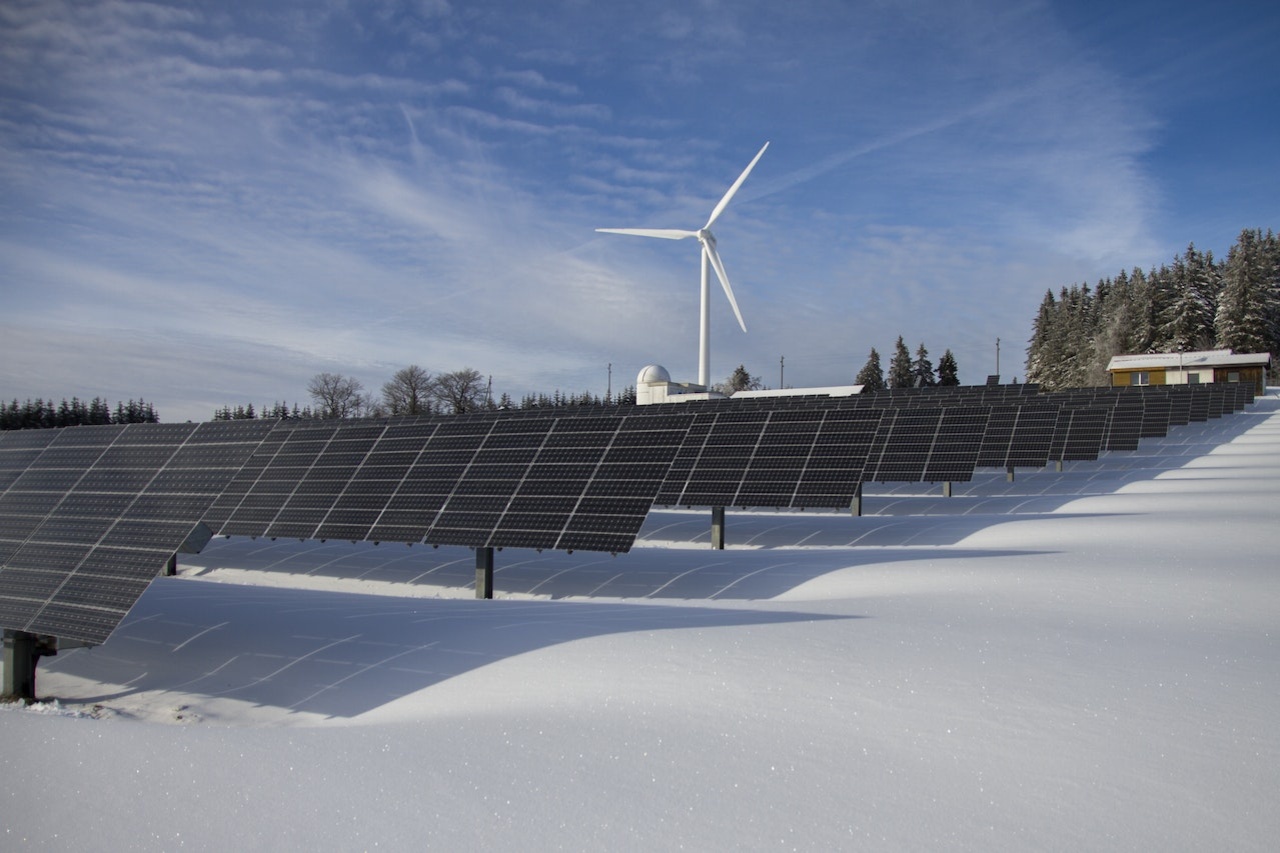
What Are the Major Roles in the Energy and Utility Industry?
1.Transmission Operations
It includes asset and maintenance management, engineering and construction design, NERC CIP compliance, risk and regulatory compliance, outage management, and grid operations.
2.Distribution Operations:
Its responsibilities include asset and maintenance management, engineering construction and design, smart metering, distribution management, and outage management.
3.Customer Operations:
Client billing, customer support, customer satisfaction and interaction, goods and services marketing, credit and collections, requirement programs, and electric motor customer operations are all managed by the business.
4.Supply/ Generation:
Asset and maintenance management, NERCCIP and NRC compliance, risk and regulatory compliance, nuclear condition-based maintenance, nuclear commissioning and decommissioning, distribution and generation plant portfolio profitability, distribution and generation plant management, water resource management, water treatment, water conservation, and gas procurement are all part of it.
5. Market Operations:
Demand forecasts and planning, generation expansion enhancement, network model analysis, resettlement and payouts, protection, credit and risk evaluation, settlements process optimization, pricing optimization, and trade content tracking are all responsibilities of this segment.
